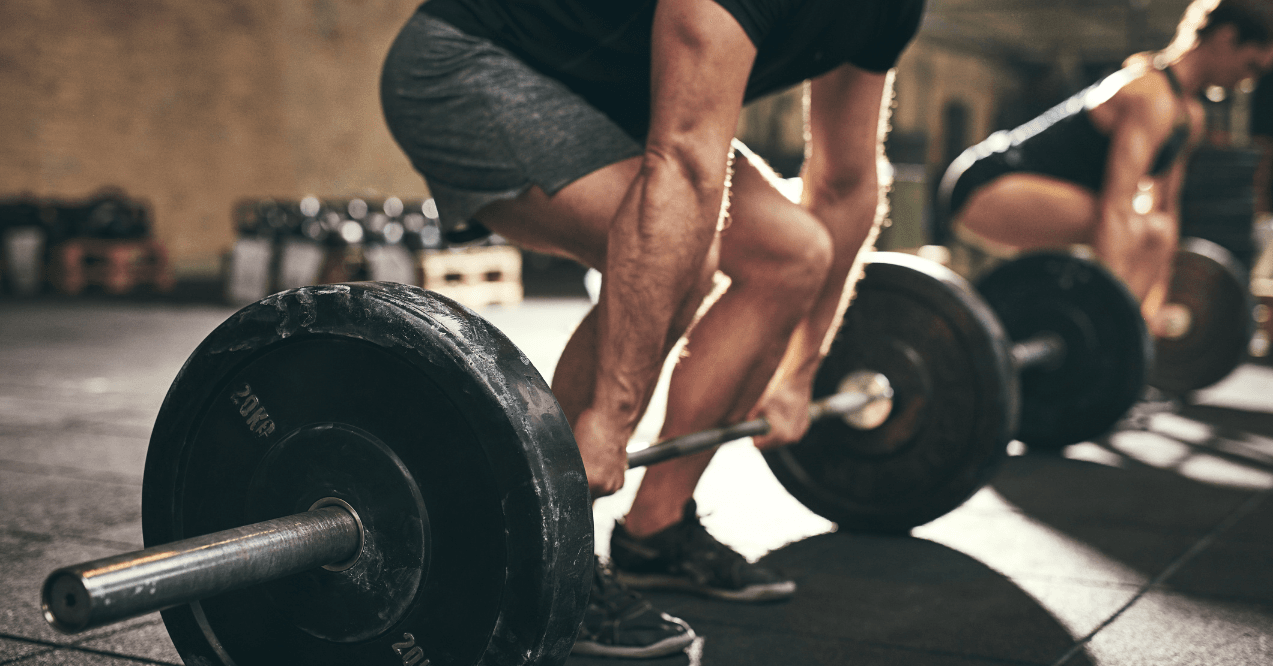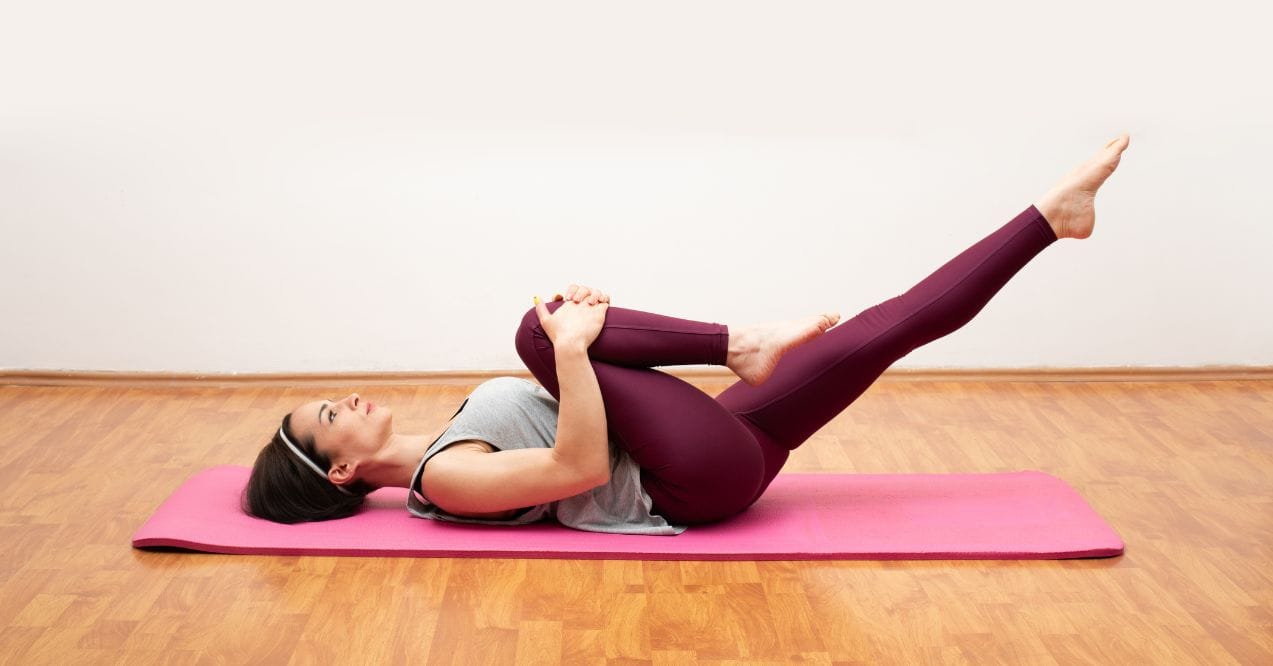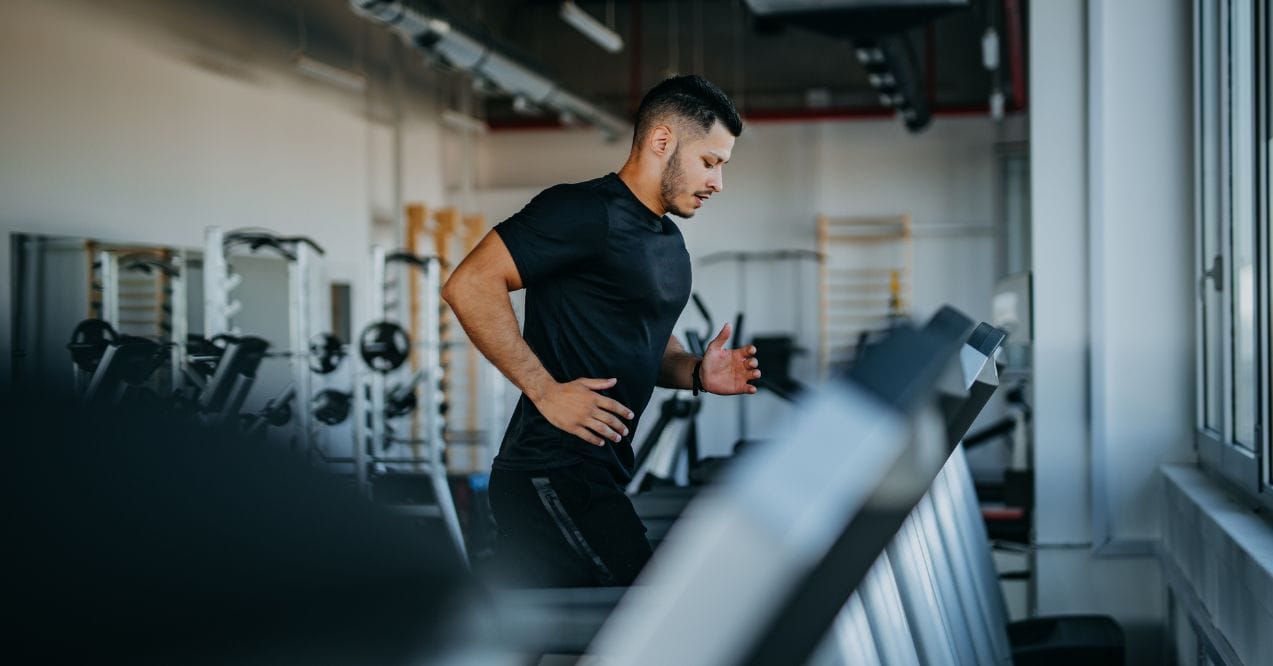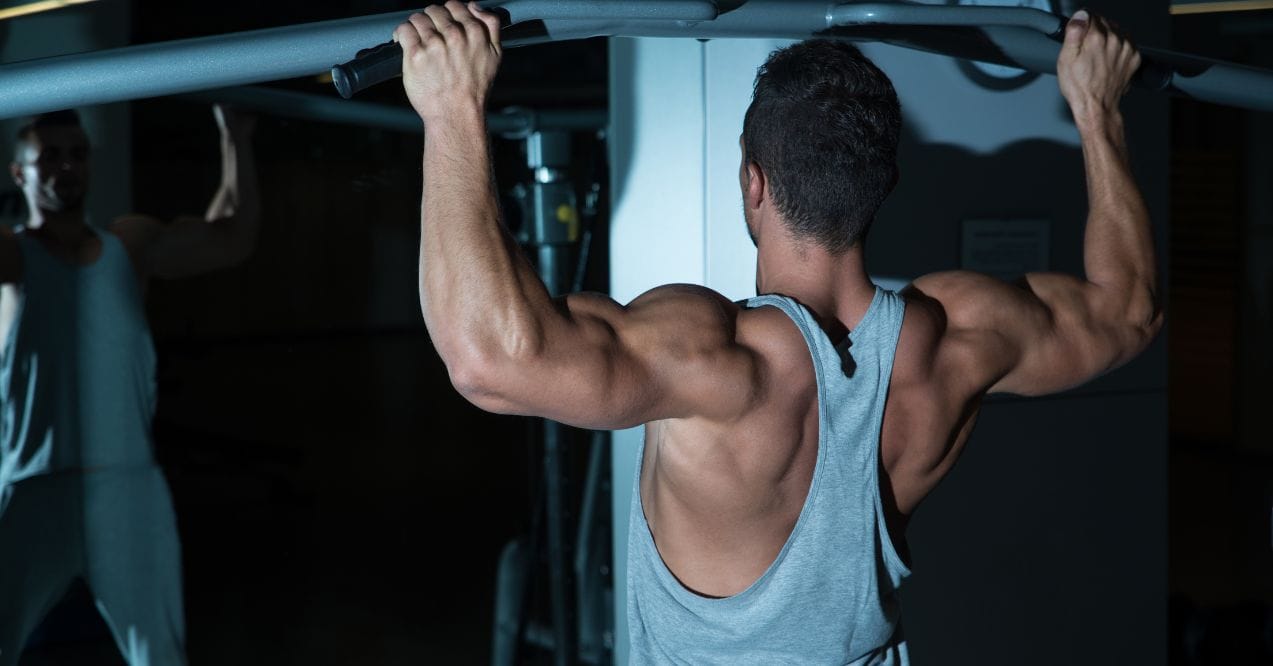10 Best Cable Machine Exercises For a Strong Core
Looking to sculpt a strong, stable core without endless crunches? Cable machine core exercises offer the perfect solution. Unlike traditional floor work, cables provide constant tension throughout each movement, challenging your muscles in ways that bodyweight exercises can’t match. Whether you’re aiming for functional strength or seeking to develop lean muscle vs bulk, cable machines deliver impressive results through their versatility and adjustable resistance.
Ready to transform your core routine? Let’s explore how these powerful machines can revolutionize your ab workouts and help you build a stronger foundation from the inside out.
Why Cable Machines Are Great for Ab Workouts
Cable machines stand out as exceptional tools for developing core strength, offering advantages that traditional ab exercises simply can’t match. Here’s why they deserve a spot in your fitness routine:
Constant tension is perhaps the biggest benefit of cable ab exercises. Unlike bodyweight movements where resistance varies throughout the range of motion, cables keep your muscles engaged from start to finish, maximizing each rep’s effectiveness.
Adjustable resistance makes cable machines perfect for all fitness levels. Beginners can start light while advanced athletes can progressively overload their muscles – a key factor for continued growth and strength development.
Multi-directional training is another major advantage. Core exercises using cable machine setups allow you to work your abs from various angles and planes of movement, targeting all areas of your core:
- Rotational exercises for obliques
- Anti-rotation movements for stability
- High-to-low movements for upper abs
- Low-to-high pulls for lower abs
Functional strength development occurs naturally with cables since they mimic real-world movement patterns. This translates to better performance in sports and daily activities, not just better-looking abs.
Isolation precision is enhanced as cables allow you to target specific areas of your core with greater accuracy than many traditional exercises.
When done consistently, cable work can show the first signs of gaining muscle and losing fat in your midsection, as they build the lean, functional muscle that helps reveal definition while supporting proper posture and movement.
Anatomy of the Abdominal Muscles
Understanding your core’s structure helps you target the right muscles with your cable exercises. Your abdominal region consists of several muscle groups that work together to provide stability, movement, and protection for your vital organs.
- Rectus Abdominis – This is the “six-pack” muscle running vertically down the front of your abdomen. It connects your sternum to your pubic bone and primarily functions to flex your spine forward. Cable crunches and straight-arm pulldowns directly engage this muscle group.
- External Obliques – Located on the sides of your torso, these muscles run diagonally downward and inward. They help with rotation and side-bending movements. Cable woodchoppers and side bends effectively target these muscles, helping to sculpt your waistline.
- Internal Obliques – Sitting beneath the external obliques, these muscles run in the opposite direction (diagonally upward and inward). They work with the external obliques during rotational movements. Cable torso rotations challenge both sets of obliques simultaneously.
- Transverse Abdominis – This deep core muscle wraps around your midsection like a corset. It’s crucial for spine stability and internal organ protection. Although not visible, strengthening this muscle through cable pallof presses and anti-rotation exercises provides core stability and helps flatten your midsection.
- Core Stabilizers – Lower back muscles and hip flexors, which work with your abs to maintain posture and stability. Cable pull-throughs and standing cable crunches engage these supporting muscles as well.
Best Cable Machine Core Exercises
Ready to transform your core routine? Cable machine core exercises offer incredible versatility and effectiveness for building a strong, stable midsection. Unlike traditional bodyweight exercises, an ab workout using cables provides constant tension throughout each movement, challenging your muscles in ways that lead to faster results. These ten exercises represent the best cable-based movements to strengthen every part of your core.
1. Kneeling Cable Crunch
The kneeling cable crunch serves as a cornerstone in any cable crunches workout routine, effectively targeting your rectus abdominis (the “six-pack” muscle).
How to perform:
- Attach a rope handle to a high cable pulley
- Kneel facing the machine about 2 feet away
- Grasp the rope with both hands, positioning it behind your head at shoulder level
- Maintaining a slight arch in your lower back, engage your core
- Crunch downward by flexing at the waist, pulling your elbows toward your thighs
- Hold briefly at maximum contraction
- Return to the starting position with control
Why it’s effective – This exercise allows for significant resistance through a full range of motion, creating intense stimulation of the upper abdominals. The constant tension from the cable ensures your abs remain engaged throughout the entire movement, increasing time under tension – a crucial factor for muscle development.
Pro tip – Focus on curling your torso down rather than pulling with your arms. Your arms should simply hold the position while your abs do the work.
2. Standing Cable Crunch
The standing cable crunch offers a unique alternative to its kneeling counterpart, engaging the entire core while improving functional strength and stability.
How to perform:
- Set a cable machine to a high position with a rope attachment
- Stand facing the machine with feet shoulder-width apart
- Grab the rope with both hands, positioning it at shoulder level
- Step back slightly to create tension in the cable
- Engage your core and pull the rope down while crunching forward
- Bend at the waist, bringing your elbows toward your knees
- Slowly return to the starting position while maintaining tension
Why it’s effective – This variation adds the challenge of maintaining balance throughout the movement, recruiting more stabilizing muscles than the kneeling version. The standing position also mimics everyday movements more closely, enhancing functional core strength.
Pro tip – Keep your lower body stable throughout the exercise. Any swaying or using momentum diminishes the benefits to your core muscles.
3. Cable Reverse Crunch
This powerful movement targets the often-neglected lower abdominals, creating balanced development throughout your midsection.
How to perform:
- Attach an ankle strap to a low cable pulley
- Secure the strap around one ankle
- Lie on your back with your head toward the machine
- Bend your knees at 90 degrees with feet off the floor
- Place your hands by your sides or under your lower back for support
- Engage your core and pull your knees toward your chest
- Focus on curling your pelvis upward at the top of the movement
- Lower with control to the starting position
Why it’s effective – The cable provides consistent resistance as you curl your lower body upward, intensifying the work in your lower abs. This helps develop the often-difficult-to-target lower portion of the rectus abdominis.
Pro tip – Focus on using your abs to initiate the movement rather than your hip flexors. Think of rolling your pelvis upward rather than just lifting your legs.
4. Cable Woodchopper (High to Low & Low to High)
This dynamic exercise mimics everyday rotational movements while building serious oblique strength and core stability.
High to Low:
- Set the cable to a high position with a handle attachment
- Stand with your side to the machine, feet shoulder-width apart
- Grab the handle with both hands, extending your arms toward the pulley
- Keeping your arms straight, pull the handle diagonally across your body
- Rotate from your core, bringing the handle down toward your opposite knee
- Return to the starting position with control
Low to High:
- Set the cable to a low position
- Stand with your side to the machine, feet shoulder-width apart
- Grab the handle with both hands near your lower knee
- Pull the handle diagonally upward across your body
- Rotate from your torso, extending toward your opposite shoulder
- Control the movement back to the starting position
Why it’s effective – Woodchoppers train rotational power and diagonal force production, mimicking sports movements and daily activities. They engage the obliques and transverse abdominis while improving coordination between your upper and lower body.
Pro tip – Keep your hips facing forward and rotate from your torso. Pivoting your feet slightly can help maintain proper form during the movement.
5. Pallof Press
This anti-rotation exercise builds incredible core stability and teaches your body to resist unwanted movement – a key function of a strong core.
How to perform:
- Set a cable machine to chest height with a handle attachment
- Stand perpendicular to the machine with feet shoulder-width apart
- Hold the handle with both hands at the center of your chest
- Step away from the machine to create tension in the cable
- Engage your core and press the handle straight out in front of you
- Hold for 2-3 seconds while resisting the rotational pull
- Bring the handle back to your chest with control
Why it’s effective – The Pallof press forces your core to work against rotational forces, strengthening the stabilizing muscles that prevent unwanted movement. This translates to better posture, reduced injury risk, and improved performance in virtually all physical activities.
Pro tip – Start with lighter weights and focus on maintaining a perfectly stable torso. If you feel yourself rotating toward the machine, reduce the weight until you can maintain proper form.
6. Cable Russian Twists
This rotational powerhouse targets the obliques while improving core control and coordination.
How to perform:
- Set a cable to chest height with a handle attachment
- Sit on a stability ball or bench perpendicular to the machine
- Grasp the handle with both hands and extend your arms in front of you
- Lean back slightly to engage your abs
- Keeping your arms extended, rotate your torso away from the machine
- Control the movement as you rotate back to center
- Repeat on the opposite side if using a dual-cable setup
Why it’s effective – Cable workouts for abs like this one create constant tension through rotational movements, challenging your obliques from multiple angles. The resistance from the cable intensifies the twisting motion that’s essential for sports performance and everyday movements.
Pro tip – Keep your movements slow and controlled. Rushing through reps diminishes the effectiveness and increases injury risk.
7. Cable Standing Side Bend
This targeted exercise isolates the obliques while building lateral stability and strength.
How to perform:
- Set a cable pulley to a low position with a handle attachment
- Stand sideways to the machine with feet shoulder-width apart
- Grasp the handle with the hand furthest from the machine
- Place your other hand behind your head or on your hip
- Stand tall and allow the weight to pull your torso slightly toward the machine
- Engage your obliques and bend sideways away from the machine
- Slowly return to the starting position with control
Why it’s effective – Side bends isolate the oblique muscles more directly than rotational movements. The cable provides consistent tension throughout the range of motion, maximizing muscle development along the sides of your torso.
Pro tip – Avoid leaning forward or backward during the movement. Keep your body in a straight line from the side view, moving only laterally.
8. Plank Cable Row
This compound movement combines core stabilization with upper body pulling for a comprehensive challenge.
How to perform:
- Set a cable to a low position with a handle attachment
- Assume a high plank position facing away from the machine
- Reach back with one hand and grasp the handle
- Position yourself so there’s tension in the cable
- Maintaining a rigid plank position, pull the handle to your side
- Squeeze your shoulder blade at the top of the movement
- Return the handle with control and repeat
- Complete all reps on one side before switching
Why it’s effective – This exercise forces your core to resist rotation while your upper body performs a rowing movement. This anti-rotational challenge develops functional stability that transfers to everyday activities and sports performance.
Pro tip – Keep your hips completely level throughout the movement. Any raising or lowering of one hip indicates you need to use less weight or build more core strength first.
9. Side Plank Cable Row
This advanced variation intensifies the stability challenge while building incredible oblique and shoulder strength.
How to perform:
- Set a cable machine to a low position with a handle attachment
- Position yourself in a side plank facing the machine
- Support your body on your lower forearm and the sides of your feet
- Reach for the handle with your top hand
- While maintaining a rigid side plank, pull the handle toward your torso
- Squeeze your shoulder blade at the top of the movement
- Return to the starting position with control
- Complete all reps before switching sides
Why it’s effective – The side plank position already creates intense oblique activation. Adding the rowing movement forces your core to stabilize against both the pull of gravity and the cable resistance, creating comprehensive development of your lateral core muscles.
Pro tip – If this is too challenging at first, modify by placing your knees on the ground instead of extending your legs fully.
10. Cable Judo Flip
This dynamic, full-body exercise builds explosive rotational power while engaging multiple core muscles simultaneously.
How to perform:
- Set a cable to a low position with a rope attachment
- Stand with your back to the machine, feet wider than shoulder-width
- Reach back and grasp the rope with both hands
- Lower into a quarter squat position, arms extended behind you
- Explosively stand up while pulling the rope overhead and across your body
- Rotate your torso completely, pivoting on your feet
- Control the return to the starting position
- Alternate sides with each repetition
Why it’s effective – This movement trains explosive power through your core’s rotational pattern, which translates directly to improved athletic performance. It engages your entire core musculature while also incorporating the legs and shoulders.
Pro tip – Start with lighter weight to master the movement pattern before increasing resistance. Focus on the fluidity of the movement rather than how much weight you can use.
Alternative Core Workouts with Cable Machines

Once you’ve mastered the fundamentals, these alternative ab exercises using cables will help keep your core routine fresh and challenging. Variety isn’t just about preventing boredom – it’s essential for continued progress and comprehensive development.
- Cable Core Rotations with Medicine Ball – Hold a medicine ball while performing cable rotations to add an extra stability challenge. The uneven weight distribution forces your core to work harder to maintain proper form and control.
- Single-Arm Cable Core – Press Similar to the Pallof press but using just one arm creates an asymmetrical load that challenges your core differently. This unilateral training helps address strength imbalances between your left and right sides.
- Cable Plank Pull-Through – From a plank position parallel to the cable machine, reach under your body to pull the handle through to the opposite side. This movement combines anti-rotation with dynamic movement patterns.
- Cable Mountain Climbers – Attach ankle straps to a low pulley and perform mountain climbers with the added resistance. This elevates a classic bodyweight exercise to new intensity levels.
- Standing Cable Torso Rotation – With the cable at chest height, rotate your torso while keeping your hips facing forward. This movement builds rotational power while improving spinal mobility.
For optimal results from these intense cable workouts, proper nutrition and recovery are essential. Bone Broth Protein powder can be an excellent post-workout option, delivering 20 grams of clean protein per serving with a delicious chocolate flavor that makes recovery something to look forward to. The collagen and amino acids in bone broth protein particularly support the connective tissues that get engaged during core training, helping maintain joint comfort while promoting lean muscle development.
By combining protein with Trumeta Creatine in your nutrition plan, you can further enhance your core training results. With 5 grams of pure Creapure® creatine per serving, it supports the high-intensity nature of cable exercises, helping improve your endurance during longer sets and potentially increasing the power behind each movement.
Conclusion
Incorporating cable machine core exercises into your fitness routine offers unique advantages that traditional bodyweight workouts simply can’t match. The constant tension, adjustability, and multi-directional resistance make cables ideal for developing functional core strength while sculpting your midsection.
Focus on proper form before increasing weight, and aim to target all areas of your core – from the visible rectus abdominis to the deeper stabilizing muscles. By regularly performing these cable exercises and gradually increasing the challenge, you’ll build a strong, stable core that not only looks great but also supports better posture, movement, and athletic performance in everyday life.
Absolutely! Cable machines provide constant tension throughout each movement, allowing for versatile resistance training from multiple angles. They effectively target all core muscles while enabling progressive overload – a key factor for developing strength and definition in your abdominal region.
Aim for 2-3 dedicated core sessions weekly, allowing 48 hours between workouts for proper recovery. You can incorporate 3-4 cable ab exercises per session with 3 sets of 10-15 reps each. Remember, consistency beats frequency for long-term results.
Cable exercises can build strong, defined abdominal muscles, but visible abs require reducing body fat through proper nutrition and overall fitness. Combine cable work with a balanced diet and regular cardio for best results in revealing your core definition.
Advertisement. This site offers health, wellness, fitness and nutritional information and is designed for educational purposes only. You should not rely on this information as a substitute for, nor does it replace, professional medical advice, diagnosis, or treatment. If you have any concerns or questions about your health, you should always consult with a physician or other health-care professional. Do not disregard, avoid or delay obtaining medical or health related advice from your health-care professional because of something you may have read on this site. The use of any information provided on this site is solely at your own risk.







